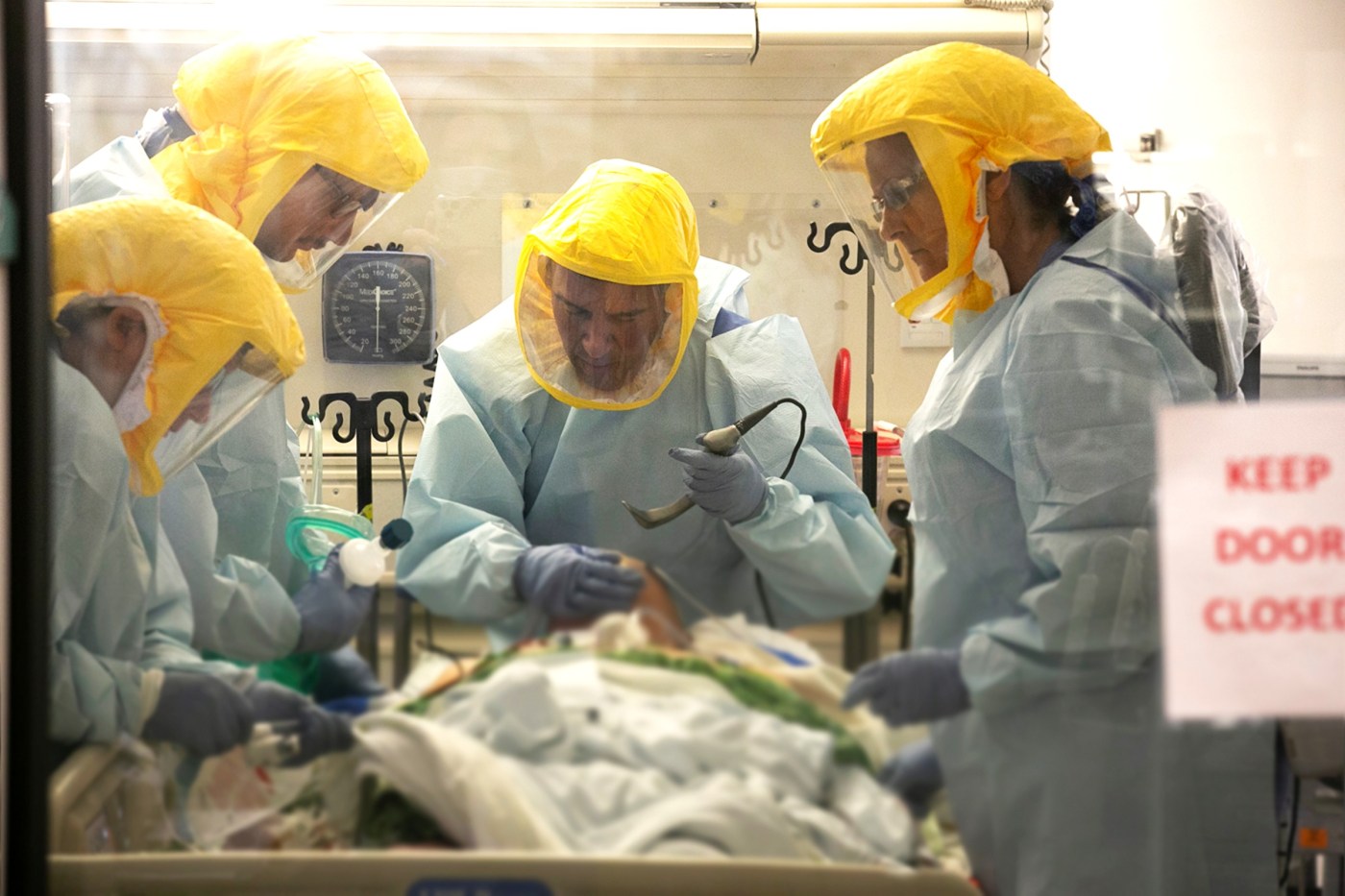Five Years Later: Monterey County's Healthcare on the Frontlines of COVID

Monterey County's Resilience Through the Pandemic: A Testament to Collaboration and Innovation
MONTEREY – The onset of the COVID-19 pandemic in March 2020 was a period of uncertainty and rapid adaptation for Monterey County’s healthcare institutions. As the world grappled with the implications of a novel virus, local hospitals like Salinas Valley Health, Natividad, and Community Hospital of the Monterey Peninsula found themselves at the forefront of an unprecedented public health crisis.
Dr. Allen Radner, President and CEO of Salinas Valley Health, recalls the early days of the pandemic as a time filled with fear, anxiety, and uncertainty. Yet, through collaboration, innovation, and enhanced infection prevention methods, these institutions not only managed the crisis but also laid the groundwork for future emergency responses.
Preparation and Coordination: The First Line of Defense
Even before the lockdowns were enforced, Monterey County’s healthcare facilities began mobilizing resources and personnel. Dr. Martha Blum, Montage Health’s medical director of infection prevention, highlights the importance of coordination between all area hospitals and public health authorities. This collaborative effort ensured continuous access to high-quality care despite stretched capacities.
By the first week of March 2020, plans were already underway to coordinate triage, testing, treatment, and isolation of suspected patients across the county. Natividad’s Chief Medical Officer, Dr. Craig Walls, emphasizes the proactive measures taken by his organization, including converting hospital rooms into negative-pressure isolation rooms and reconfiguring areas into operational patient care units.
Addressing Challenges Head-On
As the wave of cases surged, healthcare providers faced numerous challenges, from limited diagnostic testing to the absence of specific treatments. Despite these obstacles, the focus remained on patient and staff safety, providing basic supportive care, and enforcing isolation precautions.
Outdoor tents were deployed by Salinas Valley Health, Natividad, and Montage Health to screen and triage patients suspected of having COVID-19 away from the general hospital population. These efforts extended to temporary alternative housing and isolation sites set up at various locations throughout the county.
Outreach and Education: Bridging Gaps in the Community
The Community and Staff Support Project initiated by Salinas Valley Health exemplified the outreach efforts aimed at educating and supporting vulnerable populations, particularly in agricultural fields where a predominantly Spanish-speaking workforce required tailored information about the virus and protective measures.
The Community Foundation for Monterey County played a pivotal role in resource allocation and service provision through its formation of the COVID-19 Collaborative and Relief Fund. Over $4 million in relief was distributed to nonprofits supporting the county’s most vulnerable populations, while the VIDA program trained community health workers to provide culturally and linguistically appropriate outreach.
Vaccinations and Treatments: A Turning Point
The availability of antiviral medications like Remdesivir and the subsequent rollout of vaccines marked significant turning points in the pandemic. Dr. Blum notes that the start of vaccinations for healthcare workers in December 2020 was an emotional moment, signaling hope for an end to the crisis.
Radner became the first person in Monterey County to receive a vaccine dose on December 17, 2020, setting a precedent for community trust in the vaccination process. The “trusted messenger” approach employed by VIDA’s community health workers helped overcome vaccine hesitancy, resulting in high vaccination rates in targeted zip codes.
Lessons Learned and Moving Forward
Reflecting on the pandemic experience, healthcare leaders emphasize the lasting impact on their systems. Enhanced infection prevention protocols, expanded telehealth capabilities, and improved response mechanisms have become integral parts of their operations.
Dr. Walls asserts that Natividad is now better equipped to handle another pandemic, thanks to the invaluable lessons learned during this crisis. Similarly, the Community Foundation has explored sustainable models for long-term community health worker efforts.
While the pandemic has left an indelible mark, it has also underscored the importance of staying home when sick and wearing masks to prevent respiratory illnesses. Moreover, new threats such as H5N1 avian influenza and drug-resistant bacteria continue to be monitored by global health organizations.
In conclusion, Monterey County’s healthcare institutions have emerged stronger, more resilient, and better prepared for future challenges. Their collaborative spirit and innovative approaches serve as a testament to the enduring impact of the lessons learned during the pandemic.
Post a Comment for "Five Years Later: Monterey County's Healthcare on the Frontlines of COVID"
Post a Comment